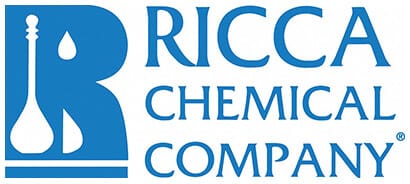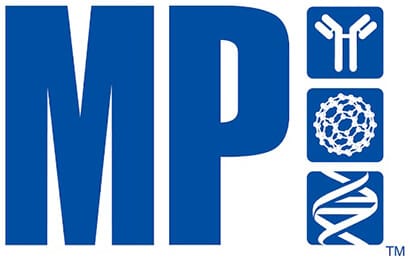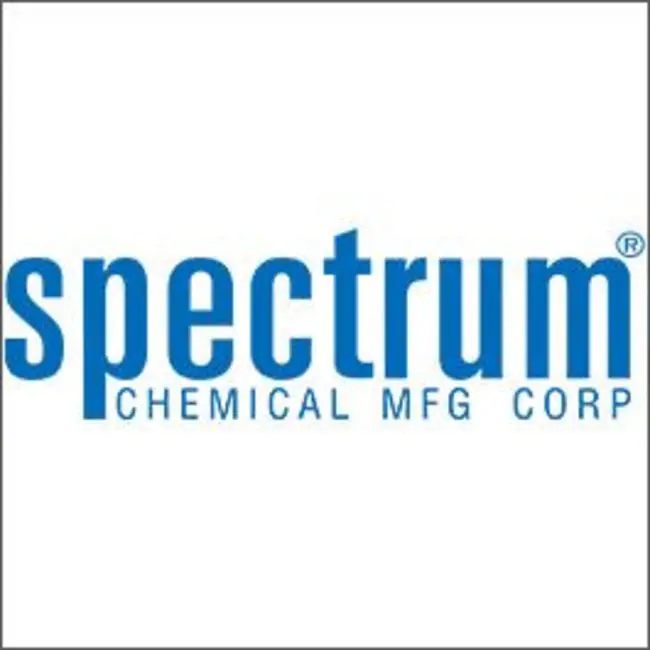1mg
Showing 7201–7250 of 7910 results
-

Sebuthylazine-d5 (ethyl-d5)
$83.66 Add to cart View Product DetailsMolecular Formula : C9 2H5 H11 Cl N5
-
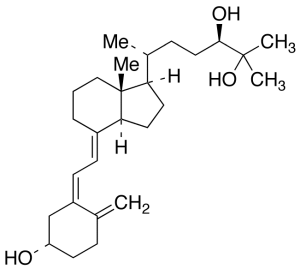
Secalciferol
$338.10 Add to cart View Product DetailsMolecular Formula : C27 H44 O3
-
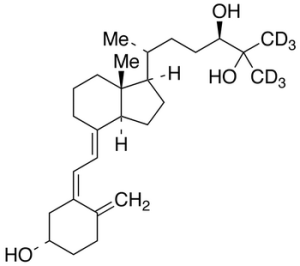
Secalciferol-d6
$1,041.04 Add to cart View Product DetailsMolecular Formula : C27 2H6 H38 O3
-
seco Everolimus B (~90%)
$988.43 Add to cart View Product DetailsMolecular Formula : C53H85NO15
-
Secorapamycin B
$576.15 Add to cart View Product DetailsMolecular Formula : C51H81NO14
-
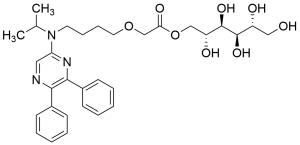
Selexipag D-Mannitol Ester (>80%)
$194.93 Add to cart View Product DetailsMolecular Formula : C31H41N3O8
-

Semagacestat
$44.85 Add to cart View Product DetailsMolecular Formula : C19 H27 N3 O4
-
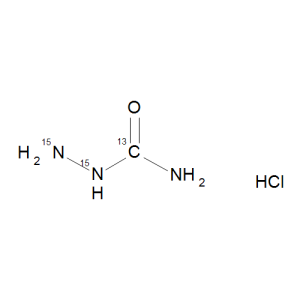
Semicarbazide-13C,15N2 Hydrochloride
$238.05 Add to cart View Product DetailsMolecular Formula : 13C H5 15N2 N O . Cl H
-
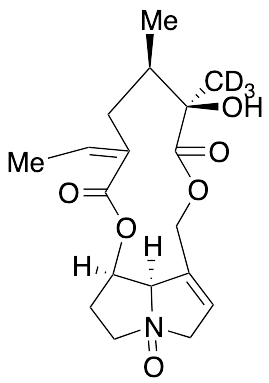
Senecionine N-Oxide-D3
$1,642.20 Add to cart View Product DetailsMolecular Formula : C18H22D3NO6
-
Sermorelin Acetate
$119.89 Add to cart View Product DetailsMolecular Formula : C149H246N44O42S • xC2H4O2
-

Serotonin-d4 Beta-D-Glucuronide
$295.84 Add to cart View Product DetailsMolecular Formula : C16H16D4N2O7
-
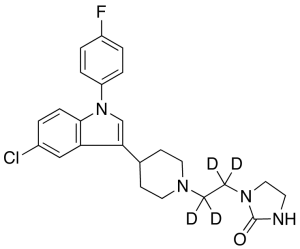
Sertindole-d4
$265.65 Add to cart View Product DetailsMolecular Formula : C24H22D4ClFN4O
-
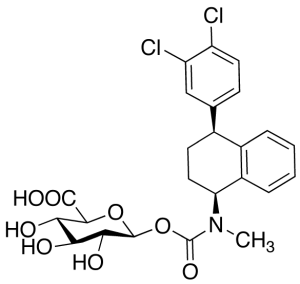
Sertraline Carbamoyl Glucuronide
$182.85 Add to cart View Product DetailsMolecular Formula : C24 H25 Cl2 N O8
-
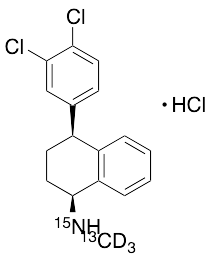
Sertraline-13C, 15N, d3 Hydrochloride
$244.09 Add to cart View Product DetailsMolecular Formula : 13C C16 D3 H14 Cl2 15N . H Cl
-

Sertraline-d3 Hydrochloride
$221.66 Add to cart View Product DetailsMolecular Formula : C17 2H3 H14 Cl2 N . Cl H
-
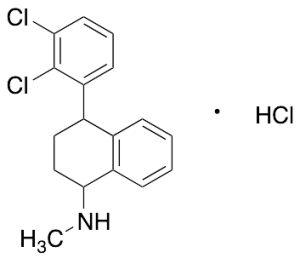
Sertraline-RC 11 Impurity Hydrochloride
$160.43 Add to cart View Product DetailsMolecular Formula : C17H17Cl2N • HCl
-

Sesamin
$71.59 Add to cart View Product DetailsMolecular Formula : C20 H18 O6
-
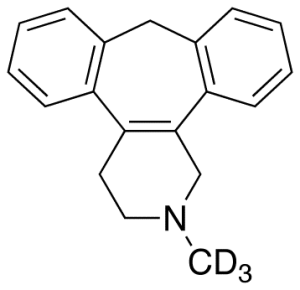
Setiptiline-d3
$396.75 Add to cart View Product DetailsMolecular Formula : C19H16D3N
-
SGI-1027
$72.45 Add to cart View Product DetailsMolecular Formula : C27 H23 N7 O
-
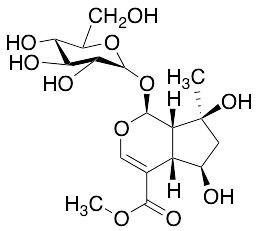
Shanzhiside Methyl Ester
$106.09 Add to cart View Product DetailsMolecular Formula : C17 H26 O11
-
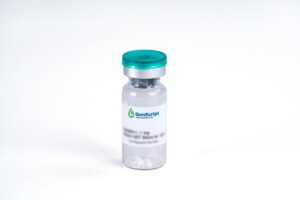
Shh (C24II), Human
$1,177.31 Add to cart View Product DetailsSonic Hedgehog (Shh) is a member of the Hedgehog (Hh) family of highly conserved proteins which are widely represented throughout the animal kingdom. In mammal, there are three related Hh proteins, Sonic (Shh), Desert (Dhh) and Indian (Ihh). They share a high degree of amino-acid sequence identity (e.g., Shh and Ihh are 93% identical). Sonic Hedgehog plays a role in cell growth, cell specialization, and the normal shaping (patterning) of the body. Shh is also important for development of the brain and spinal cord (central nervous system), eyes, limbs, and many other parts of the body.
-

Shh (C25II), Mouse
$1,177.31 Add to cart View Product DetailsSonic Hedgehog (Shh) is a member of the Hedgehog (Hh) family of highly conserved proteins which are widely represented throughout the animal kingdom. In mammal, there are three related Hh proteins, Sonic (Shh), Desert (Dhh) and Indian (Ihh). They share a high degree of amino-acid sequence identity (e.g., Shh and Ihh are 93% identical). Sonic Hedgehog plays a role in cell growth, cell specialization, and the normal shaping (patterning) of the body. Shh is also important for development of the brain and spinal cord (central nervous system), eyes, limbs, and many other parts of the body.
-

Shh, Human
$1,957.88 Add to cart View Product DetailsMembers of the Hedgehog (Hh) family are highly conserved proteins which are widely represented throughout the animal kingdom. The three known mammalian Hh proteins, Sonic (Shh), Desert (Dhh) and Indian (Ihh) are structurally related and share a high degree of amino-acid sequence identity (e.g., Shh and Ihh are 93% identical). The biologically active form of Hh molecules is obtained by autocatalytic cleavage of their precursor proteins and corresponds to approximately the N-terminal one half of the precursor molecule. Although Hh proteins have unique expression patterns and distinct biological roles within their respective regions of secretion, they use the same signaling pathway and can substitute for each other in experimental systems.
-
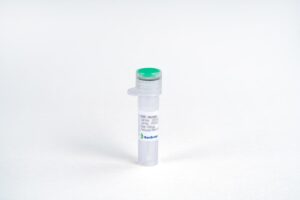
Shh, Mouse
$1,177.31 Add to cart View Product DetailsMembers of the Hedgehog (Hh) family are highly conserved proteins which are widely represented throughout the animal kingdom. The three known mammalian Hh proteins, Sonic (Shh), Desert (Dhh) and Indian (Ihh) are structurally related and share a high degree of amino-acid sequence identity (e.g., Shh and Ihh are 93% identical). The biologically active form of Hh molecules is obtained by autocatalytic cleavage of their precursor proteins and corresponds to approximately the N-terminal one half of the precursor molecule. Although Hh proteins have unique expression patterns and distinct biological roles within their respective regions of secretion, they use the same signaling pathway and can substitute for each other in experimental systems.
-

Shikimate-3-phosphate Trisodium Salt (90%)
$288.08 Add to cart View Product DetailsMolecular Formula : C7 H8 O8 P . 3 Na
-

Siglec-10 Fc Chimera, Human
$1,293.75 Add to cart View Product DetailsSiglec-10 is immune system-restricted and highly expressed in peripheral blood leukocytes. Siglec-10 preferably binds to α-2,3- or α-2,6-linked sialic acid (similarity). Siglec10 is involved in the negative regulation of B cell antigen receptor signal transduction. The inhibition of B cell activation depends on PTPN6/SHP-1 (by similarity). The binding of Siglec10 to CD24 may be involved in the selective suppression of the immune response (by similarity) to risk-related molecular patterns (DAMPs) (such as HMGB1, HSP70 and HSP90). The combination of Siglec10 and CD24 may regulate the immune response of natural killer (NK) cells. Play a role in controlling autoimmunity (by similarity). In the process of initiating an adaptive immune response by CD8-α+ dendritic cells, cross-presentation is inhibited by weakening the formation of MHC class I peptide complexes. The function seems to imply the recruitment of PTPN6/SHP-1, which dephosphorylates NCF1 of the NADPH oxidase complex, thereby promoting phagosome acidification (by similarity).
-

Siglec-15 Fc Chimera, Human
$1,293.75 Add to cart View Product DetailsSiglec-15 preferentially recognizes the Neu5Acalpha2-6GalNAcalpha- structure. Siglec-15 associates with the activating adaptor proteins DNAX activation protein (DAP)12 and DAP10 via its lysine residue in the transmembrane domain. Siglec-15 is the second human Siglec identified to have an activating signaling potential; unlike Siglec-14, however, it does not have an inhibitory counterpart.
-

sIL-6Rα, His, Human
$1,470.56 Add to cart View Product DetailsInterleukin-6 Receptor (IL-6R) is a single trans-membrane protein that is the receptor for Interleukin-6 (IL-6). IL-6R forms a hexameric complex upon binding 2 molecules of IL-6 and two molecules of glycoprotein 130 (gp130) which activates intracellular JAK/STAT pathways. Although the normal form of IL-6R is the membrane-bound 80 kDa subunit, a soluble form of IL-6R (sIL-6R) can be generated physiologically by limited proteolysis or alternative splicing. sIL-6R binds to both IL-6 and gp130 generating intracellular signaling. In the immune system, sIL-6R is produced by both naïve and memory CD4 T-cells and strongly augments IL-6 ligand’s induction of Th-17 cells.
-

Sildenafil Citrate-d3
$53.48 Add to cart View Product DetailsMolecular Formula : C22H27D3N6O4S • (C6H8O7)
-

Sildenafil-d3
$238.91 Add to cart View Product DetailsMolecular Formula : C22 D3 H27 N6 O4 S
-

Sildenafil-d8
$201.83 Add to cart View Product DetailsMolecular Formula : C22 2H8 H22 N6 O4 S
-
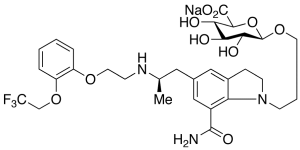
Silodosin b-D-Glucuronide Sodium Salt (>90%)
$174.23 Add to cart View Product DetailsMolecular Formula : C31H39F3N3NaO10
-

Silodosin Beta-D-Glucuronide N-Carboxybenzyl O-Methyl Tri-acetate
$111.26 Add to cart View Product DetailsMolecular Formula : C46H54F3N3O15
-

Silybin A
$176.81 Add to cart View Product DetailsMolecular Formula : C25 H22 O10
-
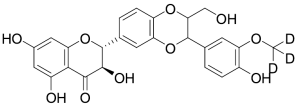
Silybin A+B mixture – D3
$199.24 Add to cart View Product DetailsMolecular Formula : C25 D3 H19 O10
-

Silybin B
$176.81 Add to cart View Product DetailsMolecular Formula : C25 H22 O10
-

Simvastatin Dimer
$274.28 Add to cart View Product DetailsMolecular Formula : C50 H76 O10
-
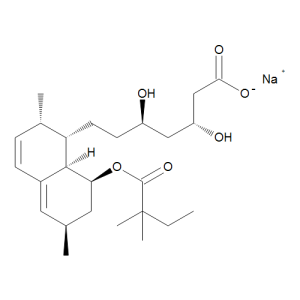
Simvastatin Hydroxy Acid Sodium Salt
$61.24 Add to cart View Product DetailsMolecular Formula : C25 H39 O6 . Na
-
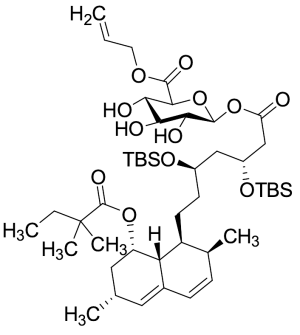
Simvastatin t-Butyldimethylsilyl Acyl-Beta-D-glucuronide-O-acrylate
$149.21 Add to cart View Product DetailsMolecular Formula : C46H80O12Si2
-
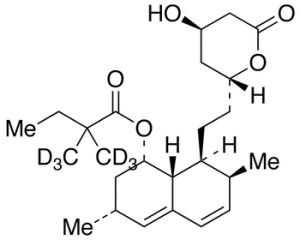
Simvastatin-d6
$131.96 Add to cart View Product DetailsMolecular Formula : C25H32D6O5
-

Simvastatin-d6 Hydroxy Acid Ammonium Salt
$271.69 Add to cart View Product DetailsMolecular Formula : C25H37D6NO6
-
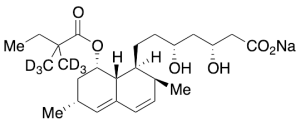
Simvastatin-d6 Hydroxy Acid Sodium Salt
$331.20 Add to cart View Product DetailsMolecular Formula : C25H33D6NaO6
-

Sinapic Acid Acyl-beta-D-glucoside
$237.19 Add to cart View Product DetailsMolecular Formula : C17H22O10
-
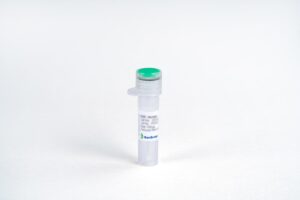
SIRPα Fc Chimera, Human
$1,035.00 Add to cart View Product DetailsSignal regulatory protein alpha (SIRPα, designated CD172a), is also known as CD172 antigen-like family member A (CD172a), also called SHPS-1 (SHP substrate 1) and previously, MyD-1 (Myeloid/Dendritic-1), which is a monomeric about 90kDa type I transmembrane glycoprotein that belongs to the SIRP/SHPS (CD172) family of the immunoglobulin superfamily. SIRPα is Ubiquitous and highly expressed in brain. SIRPA/CD172a is immunoglobulin-like cell surface receptor for CD47 and acts as docking protein and induces translocation of PTPN6, PTPN11 and other binding partners from the cytosol to the plasma membrane. SIRPA/SHPS-1 supports adhesion of cerebellar neurons, neurite outgrowth and glial cell attachment and may play a key role in intracellular signaling during synaptogenesis and in synaptic function by similarity. SIRPα recognition of surfactants SP-A and SP-D in the lung can inhibit alveolar macrophage cytokine production.
-

Sitagliptin Carbamoyl Beta-D-Glucuronide Sodium Salt
$263.93 Add to cart View Product DetailsMolecular Formula : C23H22F6N5NaO9
-
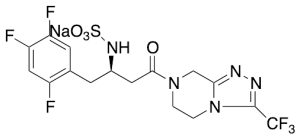
Sitagliptin N-Sulfate Sodium Salt
$213.04 Add to cart View Product DetailsMolecular Formula : C16H15F6NaN5O4S
-
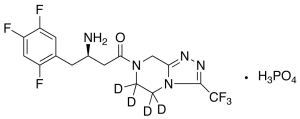
Sitagliptin-d4 Phosphate
$367.43 Add to cart View Product DetailsMolecular Formula : C16 2H4 H11 F6 N5 O . H3 O4 P
-

Skepinone-L
$72.45 Add to cart View Product DetailsMolecular Formula : C24 H21 F2 N O4
-

SkQR1
$146.63 Add to cart View Product DetailsMolecular Formula : C44H56N2O6
-
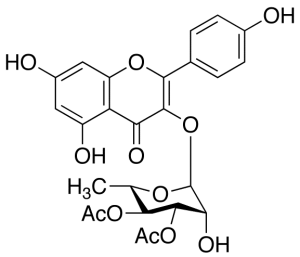
SL0101
$87.11 Add to cart View Product DetailsMolecular Formula : C25 H24 O12


